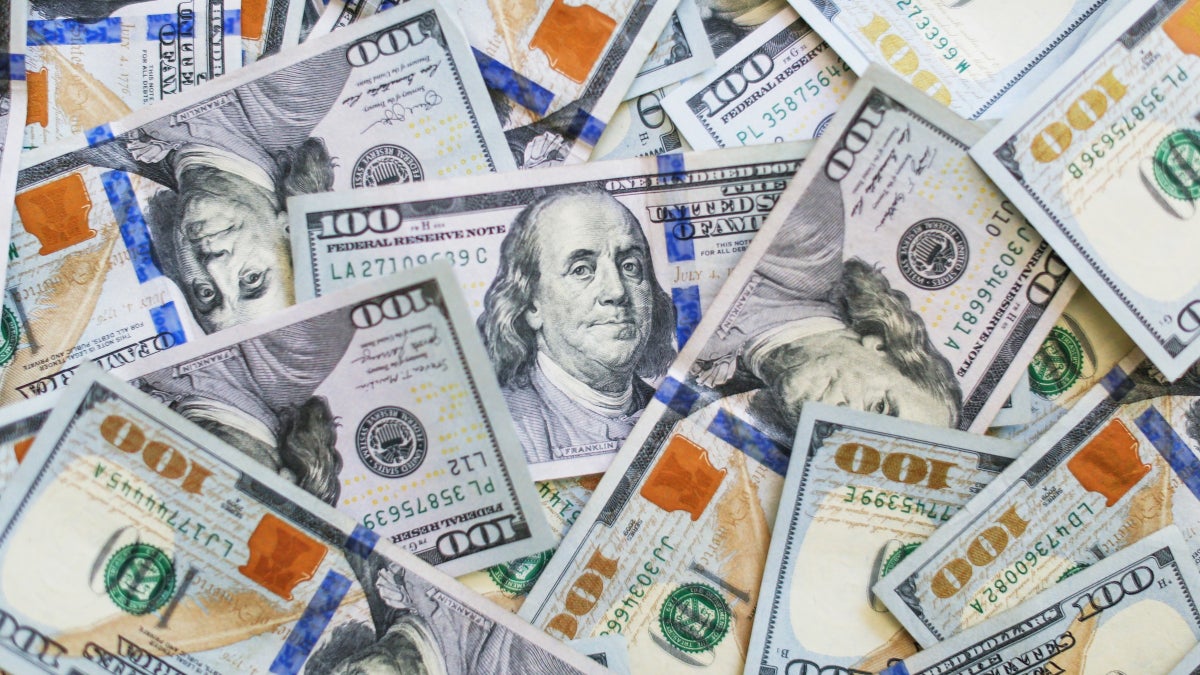Apple places secret codes on iPhone displays saving it huge amounts of money

Remember that Elementary School sandbox taunt, "I know something you don't know." Per The Information (via 9to5Mac) there happens to be a little secret about the iPhone display that you probably don't know about. There are two tiny QR codes etched onto the reverse side of your iPhone's screen. One is said to be the size of the tip of a crayon while the other is the size of a grain of dust.
Apple adding the second, smaller code in 2020. They are placed on the glass at different stages of production to help Apple track them. Viewing the code requires special equipment and even an all-carrot diet won't help you see them.
So what do the codes do for Apple? They save the company money and anything that can save the tech giant some cash is going to be implemented in the production process. The codes help Apple track exactly how many glass cover units have been produced by its suppliers, Lens Technology and Biel Crystal, and how many were defective. It seems that the latter two suppliers have tried to hide from Apple the true number of defective screens manufactured. A large number of defective screens produced could raise Apple's production costs significantly.

There are two microscopic QR codes on iPhone 15 series displays
Apple is so serious about knowing what is really going on at the Lens Technology and Biel Crystal factories that it has spent millions of dollars to place laser scanning equipment at the the two firms' factories to add the QR code to the glass and to scan the code when the production process has ended. The location of the QR code has changed over time. For the iPhone 12 for example, it was located just above the front speaker. On newer iPhone models they are located by the bezel at the screen's bottom edge.
Originally, Apple tried etching the code right into the glass using a laser, but drop tests found that this weakened the glass which would always break in the spot where the QR code was placed. Apple had to devise different methods for using this system by employing microscopic lenses with ring lights so it wouldn't have to stamp the code so deep into the glass weakening it. And this plan has actually saved Apple a ton of money.
Before implementing the microscopic QR codes to track iPhone screens, three out of every 10 displays had to be discarded costing Apple hundreds of millions of dollars. Now, that number has been reduced to just one defect out of every 10 pieces saving Apple huge amounts of money each year. Apple still obtains the raw glass material from Corning, but that glass is shipped to Lens Technology and Biel Crystal to be shaped. And Apple can use the microscopic QR codes to keep both firms honest.
Follow us on Google News












Things that are NOT allowed:
To help keep our community safe and free from spam, we apply temporary limits to newly created accounts: